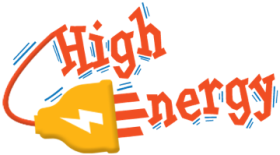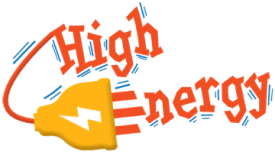
Can we save our school money while saving the planet?
Energy is expensive. Plus, using too much energy is bad for the planet. In this project, students will conduct an energy audit of their school to help the planet—and their school’s pocketbook. Then, they will design, test, refine, and share solutions to reduce energy consumption. Finally, students will pitch the costs and benefits of their solutions to stakeholders.
Imagine if thousands of kids just like yours, all around the country, started making smart choices about energy consumption and shared that knowledge with others. What an impact this would have on sustainability!
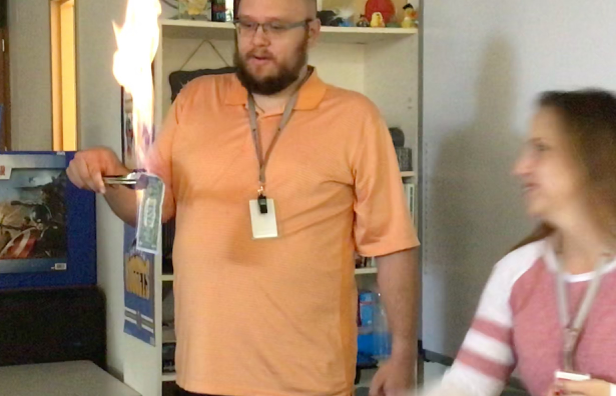
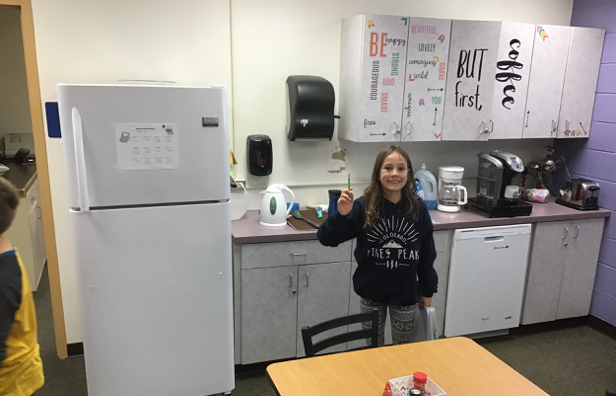
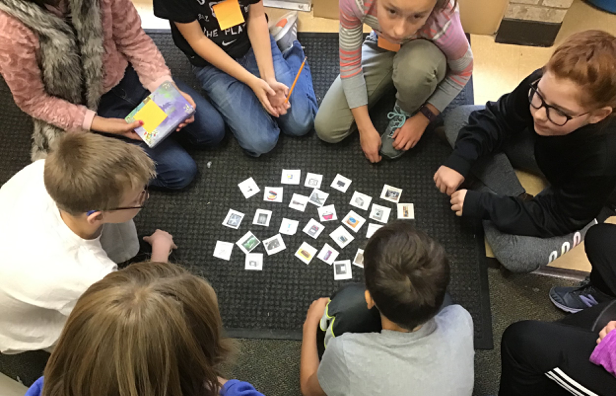
What’s included in your project?
Cross-Curricular Content
Every Blue Apple project provides suggested content correlations to Common Core State Standards, Next Generation Science Standards, and C3 Framework for Social Studies. A featured mini-lesson from each content area is highlighted below along with additional lesson ideas. Not teaching these standards? No problem! Check out the High Energy K-8 content correlation document for additional lesson ideas.

Math
Operations with Decimals
Lesson 3: As students calculate the cost of appliances, use it as an opportunity to help them practice performing operations with decimals. Add, subtract, multiply, and divide as you perform calculations about the cost of energy in students’ homes! CCSS.MATH.CONTENT.5.NBT.B.7Rounding
Lesson 3: As students work through the Home Energy Usage activity, have them round costs to the nearest dollar before multiplying. This will simplify the process and give them a good approximation, and will also give them practice with rounding. CCSS.MATH.CONTENT.5.NBT.A.4Using Place Value to Multiply
Lesson 6: When students calculate the cost of each row of the School Energy Audit, they will multiply by $0.11. Consider helping students develop alternate strategies by multiplying by 11 to find the number of cents, then dividing by 100 to find the number of dollars. Explain that multiplying by 11 is easy. Just multiply by ten, and then add the number once more. CCSS.MATH.CONTENT.4.NBT.B.5Analyze Relationships
Lesson 6: Before having students complete Part 2 of the School Energy Audit, make a T-Chart with kWh on one side and Cents on the other. List several kWh and the corresponding cost. Have students decipher the relationship to see that the cents are always 11 times greater than the kWh. CCSS.MATH.CONTENT.5.OA.B.3

English Language Arts
Visual Elements
Lesson 3: Consider deepening student understanding of electricity by reading Thomas Edison and the Lightbulb, by Scott. R. Welvaert. Discuss how the visual elements of the graphic novel contribute to the advancement of the story. CCSS.ELA-LITERACY.RL.5.7Reason and Evidence
Lesson 4: As students continue to study energy, dive further into the topic by reading Energy Makes Things Happen, by Kimberly Bradley. Discuss the way in which the author supports key points using evidence. CCSS.ELA-LITERACY.RI.5.8Purpose and Audience
Lesson 6: As students consider how to craft their action plans, have them consider their audience. Consider inviting school board members or other key decision makers to discuss components of a persuasive proposal. CCSS.ELA-LITERACY.W.5.4Research to Build and Share Knowledge
Lesson 6: As students work to share their learning with others, help them synthesize the research they’ve done and the knowledge they’ve gained in order to craft a clear, concise, and helpful synopsis of why it’s important to save energy, and just how your school can do it! CCSS.ELA-LITERACY.W.5.7
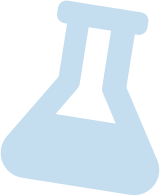
Science
Energy from the Sun
Lesson 2: As students discuss ways we use machines to move, keep warm, and do work, make a provocative statement: All this energy originally comes from the sun. Have students research to determine whether this is true, and why. NGSS 5-PS3-1Properties of Matter
Lesson 2: When conducting the experiment in Lesson 2, ask students why certain materials are used in electrical wiring. Explain that conductivity is one of the properties of matter. Consider trying the Challenge Extension at the end of the Which Bulb is Better? experiment to explore the conductivity of other materials. NGSS 5-PS1-3Comparing Multiple Solutions
Lesson 2: When solving problems, engineers consider criteria and constraints. As students conduct their experiment, have them view the bulbs through an engineering lens. CFL creators would have needed to produce the same brightness of light, using less energy, for an affordable price. NGSS 3-5-ETS1-2Protecting Earth’s Resources
Lesson 4: Energy efficiency is a great launching point for discussions of how we can use the Earth’s resources wisely. After watching the Energy, Let’s Save It! video, discuss many different ways in which students can conserve energy. Expand your discussion by having students share other ways they know in which people can help protect Earth’s resources. NGSS 5-ESS3-1

Social Studies
Rules and Laws Change Society
Lesson 2: Explain to students that in California, as of January 1, 2018, a law was passed that disallowed stores to continue to stock incandescent bulbs because of their “high” energy use. This law is currently set to go into place on a national level in 2020. Discuss and debate. NCSS D2.CIV.12.3-5Comparisons with History
Lesson 3: Discuss with students how home life in the 19th century was very different than it is today. One big difference was that light bulbs did not exist in homes. Have students brainstorm alternative light sources that may have been available during this time period. NCSS D2.HIS.2.3-5Comparing Procedures for Decision-Making
Lesson 5: Once students finish their audits, discuss the importance of comparing findings in order to arrive at a solution that is most beneficial for the school. NCSS D2.CIV.11.3-5Benefits and Costs of Individual Choices
Lesson 6: As students analyze their audits, help them consider the costs of different changes to the school’s energy usage, as well as the benefits. They can examine these issues financially, environmentally, and ethically. Help them understand that wise decisions might involve costs, but that these costs are outweighed by the benefits. NCSS D2.ECO.1.3-5

Social Emotional Learning
- Self-Awareness and Responsible Decision-Making
Lesson 5: Students consider the development of moral reasoning and apply their understanding to the work they do in class. After presenting the Heinz Dilemma video, discuss different reasons for behaving well. Help students understand how our thinking about right and wrong can evolve as we learn and grow!
Not teaching these standards?
No problem! Check out the High Energy K-8 content correlation document for additional lesson ideas.
Each Blue Apple Project Includes:

- Engaging lessons designed to make learning memorable, meaningful, and fun
- Curated online resources to save you time searching for content
- In-person, virtual, and hybrid options for all learning environments
- Cross-curricular mini-lessons in English-Language Arts, Math, Science, Social Studies, and Social-Emotional Learning
- Videos and contact info provided by real-world experts willing to meet with your students
- Opportunities to collaborate with other classrooms doing the same project
- Free project supplies to get you started right away

